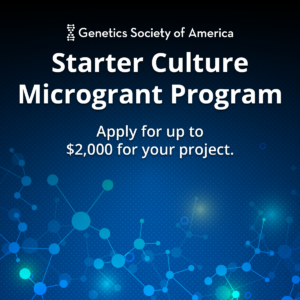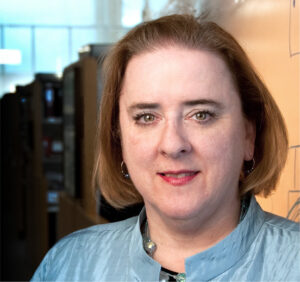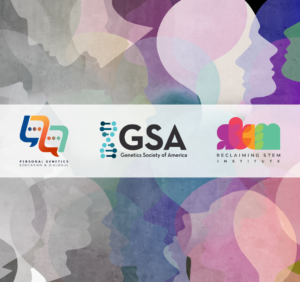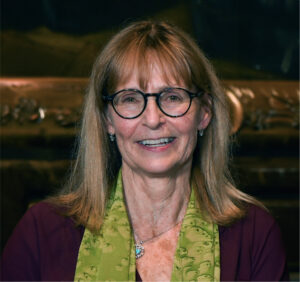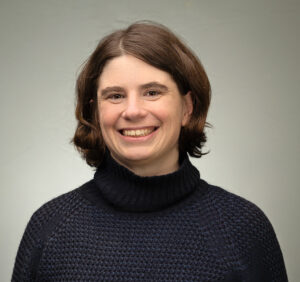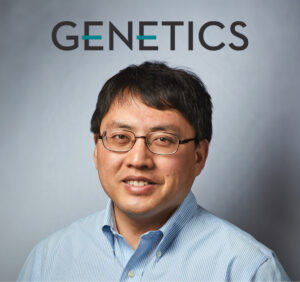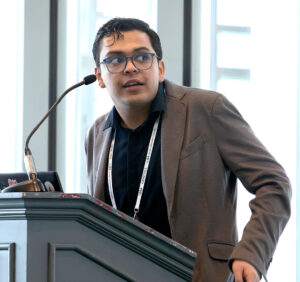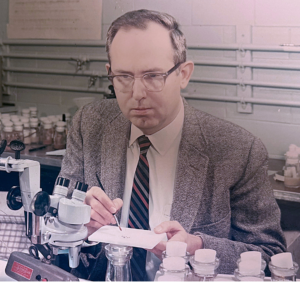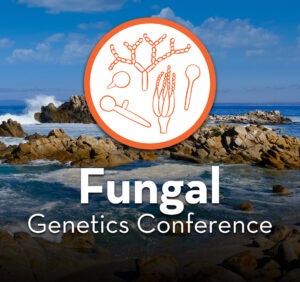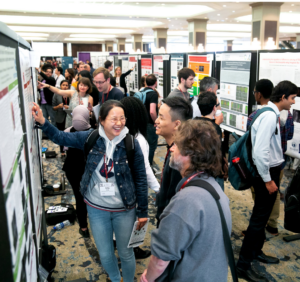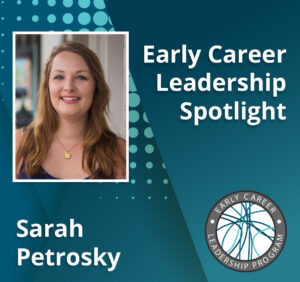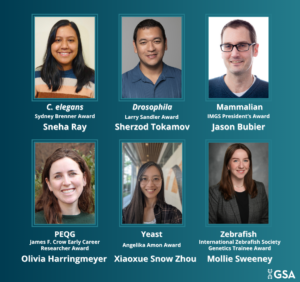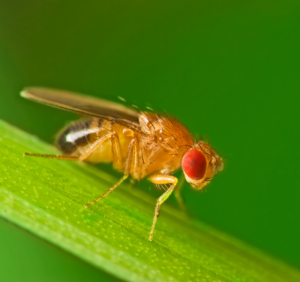Kevin Struhl, David Wesley Gaiser Professor of Biological Chemistry and Molecular Pharmacology at Harvard Medical School, is known for pushing recombinant DNA technology forward, making discoveries about gene expression that have become core concepts in a molecular biology education. After a nearly 50-year career, he has a classification system for such findings. “There are three types of breakthroughs,” he explained. “Being right about your prediction, getting something totally surprising, and then doing something really elegant.” In the spirit of famed genetic innovator Edward Novitski, Struhl’s remarkable contributions in gene regulation and transcription span all three genres of scientific invention.
The first breakthrough
Struhl situates the start of his research career at the right place, at the right time: Stanford Medical School, 1974. During a day of intensive interviews for the PhD program in the university’s renowned biochemistry department, he heard about the advent of recombinant DNA technology. “That was quite a creative, amazing idea,” he shared, adding, “as soon as I heard about recombinant DNA, it was like instantaneously—I know what I’m doing now.” Mid-interview, he decided to work with Dr. Ron Davis and use recombinant DNA to study gene regulation. As a graduate student, Struhl became the first scientist to clone a yeast gene (his3) and express it in E. coli, an early milestone in the development of recombinant DNA technology.
Getting something totally surprising: Yeast transformation
Struhl explained that unexpected discoveries inspire their own kind of excitement. His early research marked the emergence of molecular yeast biology, but when yeast transformation was first developed, it was inefficient: DNA was inserted into yeast and transformation frequency was very low, yielding only a few colonies. Struhl had a feeling that the yeast plasmid, which contains DNA replication origins, might increase the transformation frequency. So he made a molecule that included the yeast plasmid, predicting it would replicate itself and raise transformation frequency.
He expected to find a few clones of successfully transformed cells, if any, but the lab was bursting with growth: a staggering 10,000 colonies had developed. “That was unambiguous! And that meant this was a completely new way to do transformation,” he said. “It opened up a lot of possibilities.” Though this groundbreaking finding proved Struhl’s theory right—the yeast plasmid contained DNA replication origins that greatly increased transformational frequency—he never expected the bounty of evidence he saw in those thousands of colonies.
These discoveries paved the way for Struhl’s novel shuttle vectors that today allow researchers to manipulate any yeast gene, revolutionizing the study of gene function and regulation. His lab was integral in starting the “reverse genetics” revolution, where genes are cloned, mutated, and reintroduced into organisms to study their functions, a significant shift from classical genetics and into the future of molecular biology.
Being right about your prediction: The jun oncogene journey
Struhl’s lab was among the first to identify a eukaryotic DNA-binding transcription factor, Gcn4, using another novel genetic approach his laboratory invented—reverse biochemistry. Later, when the virologist Peter Vogt discovered an oncogene whose sequence had some similarity to that of Gcn4, he called up Struhl. “By that time, we knew exactly what was going on with the yeast protein, including the DNA-binding and dimerization domain and its precise sequence recognition properties down to the nucleotide.” Struhl hypothesized that it was a human version of the yeast protein he knew so well. “It was a very simple experiment,” he said. To test his theory, he swapped parts of the two proteins, inserting the DNA-binding region of the human oncogene into the yeast protein. The hybrid produced a protein that bound DNA with the identical specificity as the yeast protein, proving that these two proteins shared the same function across species. Although the experiment took only a few weeks, it ultimately led to the identification of the jun oncogene, the first known example of a cancer-causing gene that is also a transcription factor.
Doing something really elegant: A beautiful bacteriophage
Struhl described some of his favorite experiments as having a feeling of elegance rather than importance. “We’ve done experiments where you say, ‘That was a clever, cute idea,’” he explained—like the time he cloned a gene that allowed a bacterial strain to grow, making it seem virtually certain that the enzyme it expressed was essential for growth. However, Struhl emphasized that in science, you rarely get 100% certainty and in this case, there was no direct connection linking this DNA fragment to the genetics of yeast.
To provide this link, he cloned the matching DNA fragment from two yeast mutants of the his3 gene using a hybridization-based technique. Once isolated, he inserted the yeast mutant genes into bacteria, and as expected, there was no growth. “They didn’t work, which was good, because mutant genes shouldn’t work. But a piece of garbage wouldn’t work either,” he said, explaining the need to confirm that the genes were mutants.
That’s when Struhl had a rather original idea. He performed a phage cross, cleverly using a bacteriophage to recombine DNA from the two yeast gene mutants. By placing each mutant gene on a separate phage and mixing them together, he generated a recombinant wild-type gene—proving that the original genes were indeed mutants. Looking back, what stands out to Struhl is not the results of this experiment, but the unconventional methodology. “That was not exciting or significant—it was just beautiful, intellectual, like listening to a piece of music,” he said. “When you’ve done something in a different way, that’s a significant motivation for me.”
Searching for the truth
Struhl’s work has shaped the field of genetic engineering and yeast molecular biology, uncovering fundamental principles of gene regulation. His lab developed new strategies to study transcription in living cells, characterized gene promoters in unprecedented detail, and even contributed to cancer research, linking inflammation to cancer progression and demonstrating that metformin could target cancer stem cells. Underlying his prolific study is a deep curiosity about the world around us. “For me, the real motivation, the reason I went into science—why it affects my life in every other way now, not even just in the lab—is the search for the truth. How do things really work? Sometimes what you think is true isn’t necessarily true. And that’s the whole point of doing experiments,” he elaborated.
Please join us in congratulating Kevin Struhl on receiving the Edward Novitski Prize in recognition of his creativity and intellectual ingenuity in the solution of problems in genetics research.
2025 GSA Awards Seminar Series
In his seminar, Kevin Struhl shared how recombinant DNA technology and yeast molecular biology opened the door to reverse genetic analysis—and how these approaches uncovered fundamental principles of gene regulation in eukaryotes.
Recordings of past seminars will be available below:







